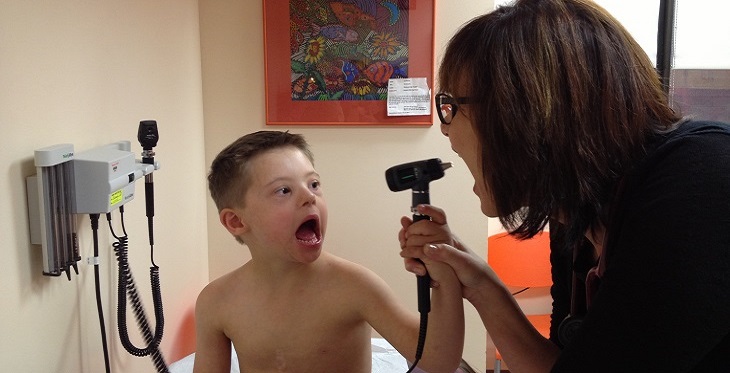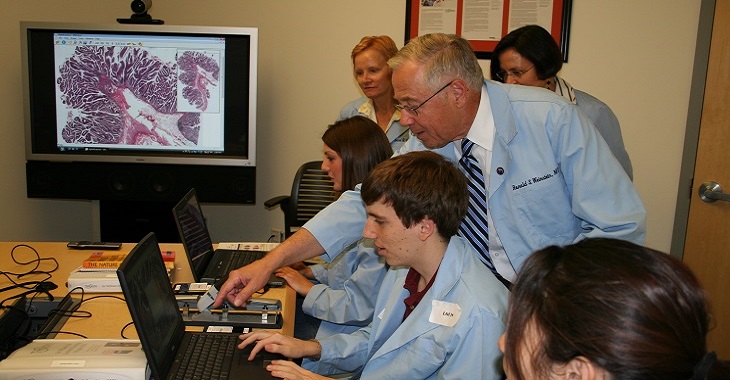Parents in rural Arizona used to have just one option if they were worried their child had autism: They had to pack the family into the car and drive for hours to see a developmental pediatrician in Phoenix or Tucson.
Now there’s a program that utilizes telemedicine to provide timely evaluation and diagnosis of children with Autism Spectrum Disorder (ASD), so families who live in rural and underserved areas – including Hispanic and Native American communities – don’t have to travel far.




